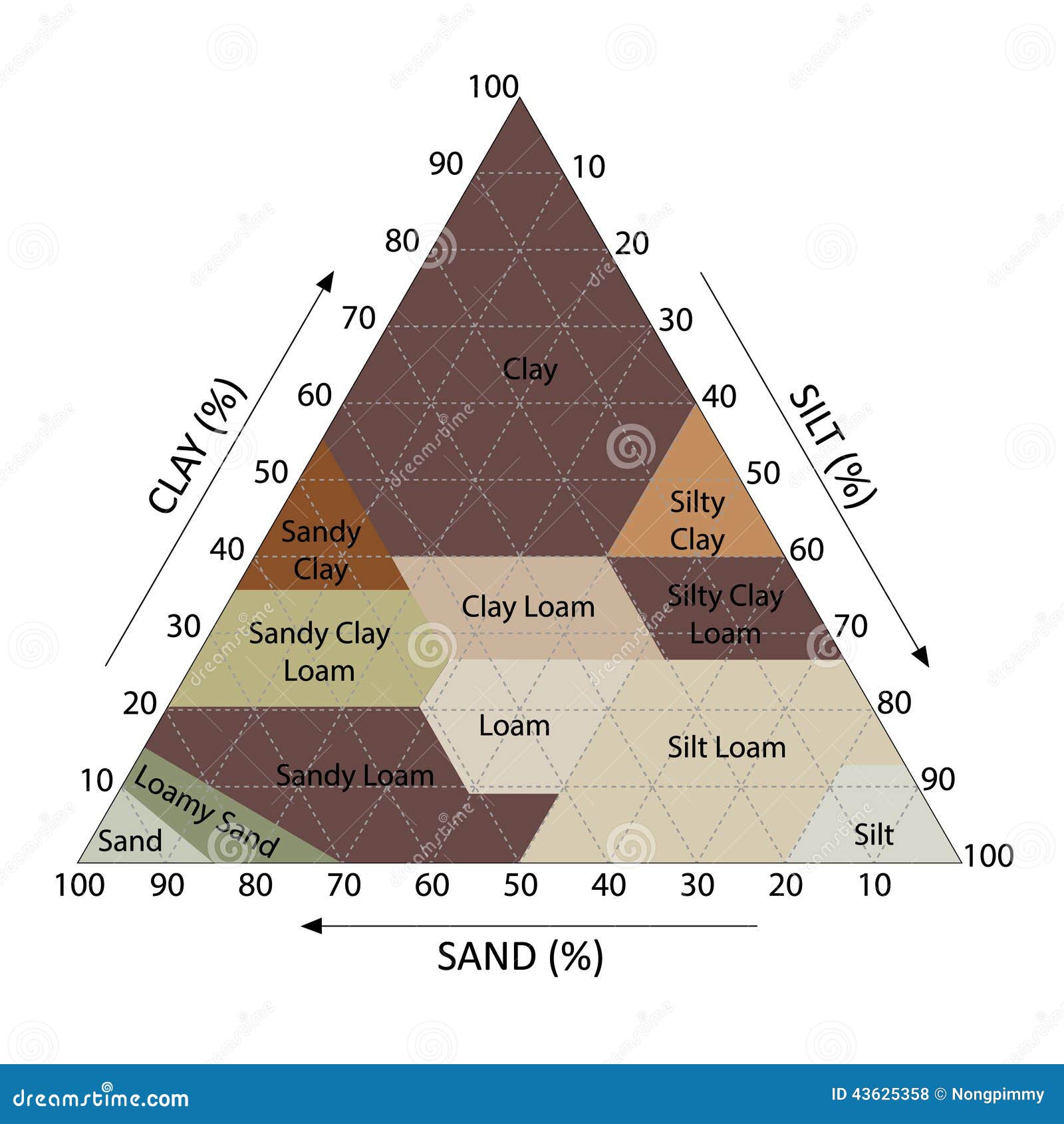
Soil Chart Stock Vector Image 43625358
Do you want to learn how to describe soils in a simple and practical way? This PDF file provides a step-by-step guide for identifying and recording the main features of a soil profile, such as colour, texture, structure and pH. It also includes useful diagrams, photos and tables to help you understand the diversity and condition of our soils.
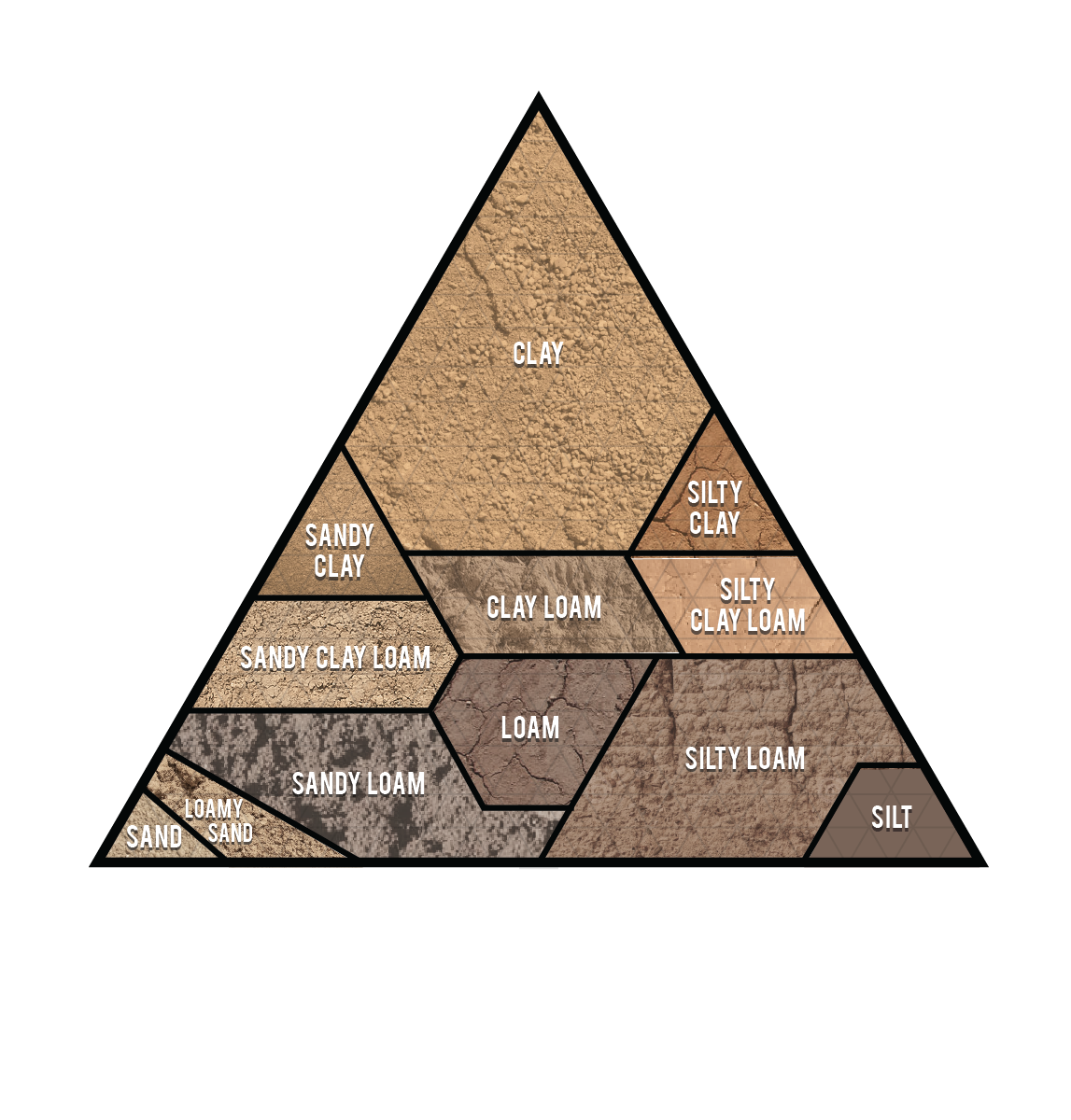
Types Of Soil Chart
A permeable soil allows water to flow through it easily because the spaces between the inorganic particles are large and well connected. Sandy or silty soils are considered 'light' soils because they are permeable, water-draining types of soils. Soils that have lots of very small spaces are water-holding soils.
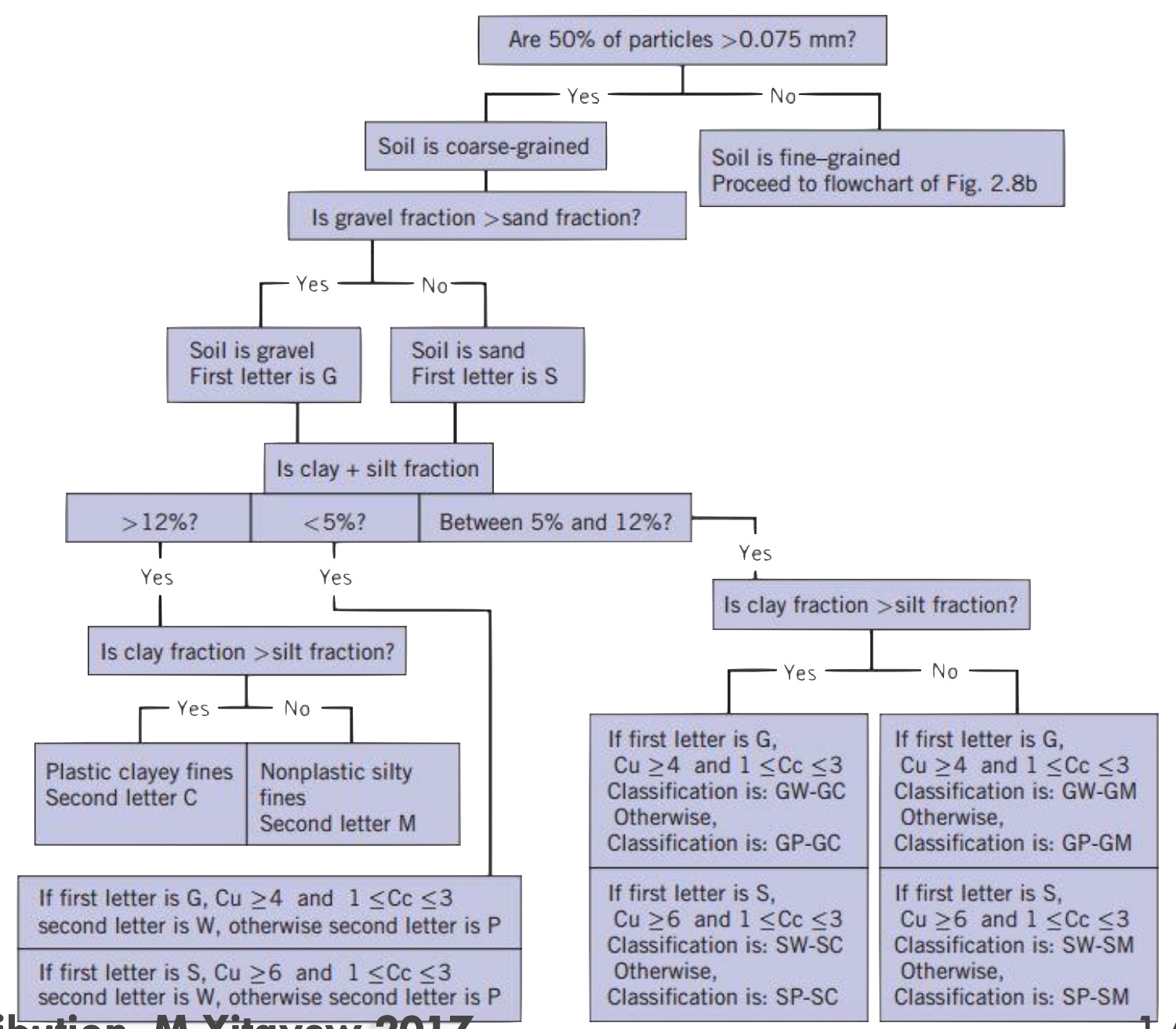
Soil Classification Flow Chart Images and Photos finder
The OSDs describe general and detailed information about each recognized soil in the United States, Territories, Commonwealths, and Island Nations served by USDA-NRCS, including location, author's initials, introductory paragraph, taxonomic classification, detailed soil profile description, location of the typical soil profile, range in characte.
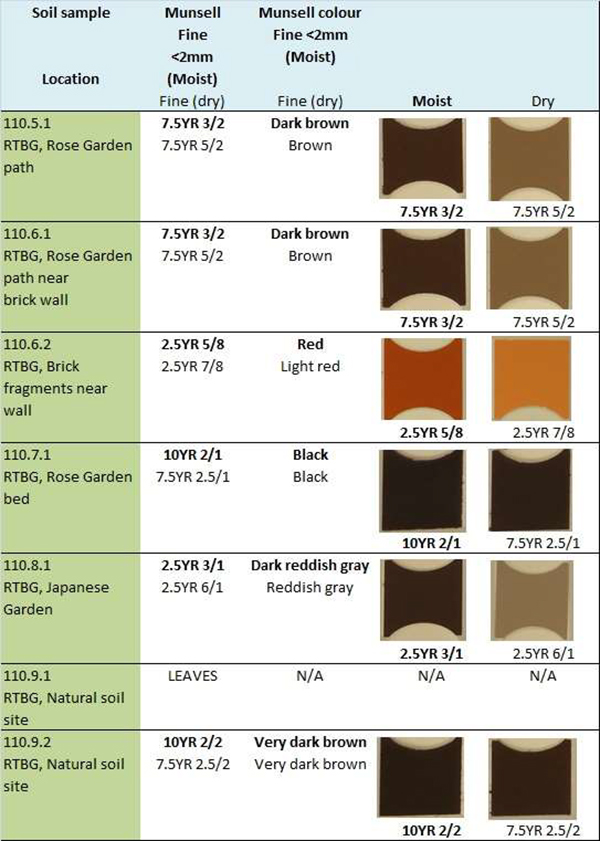
Using Soil Color Analysis for Forensic Application at a Crime Scene Munsell Color System
The second edition of Soil Taxonomy, A Basic System of Soil Classification for Making and Interpreting Soil Surveys is the result of the collective experience and contributions of thousands of pedologists from around the worl. Keys to Soil Taxonomy Taxonomic keys for field classification. Official Soil Series Descriptions (OSD)
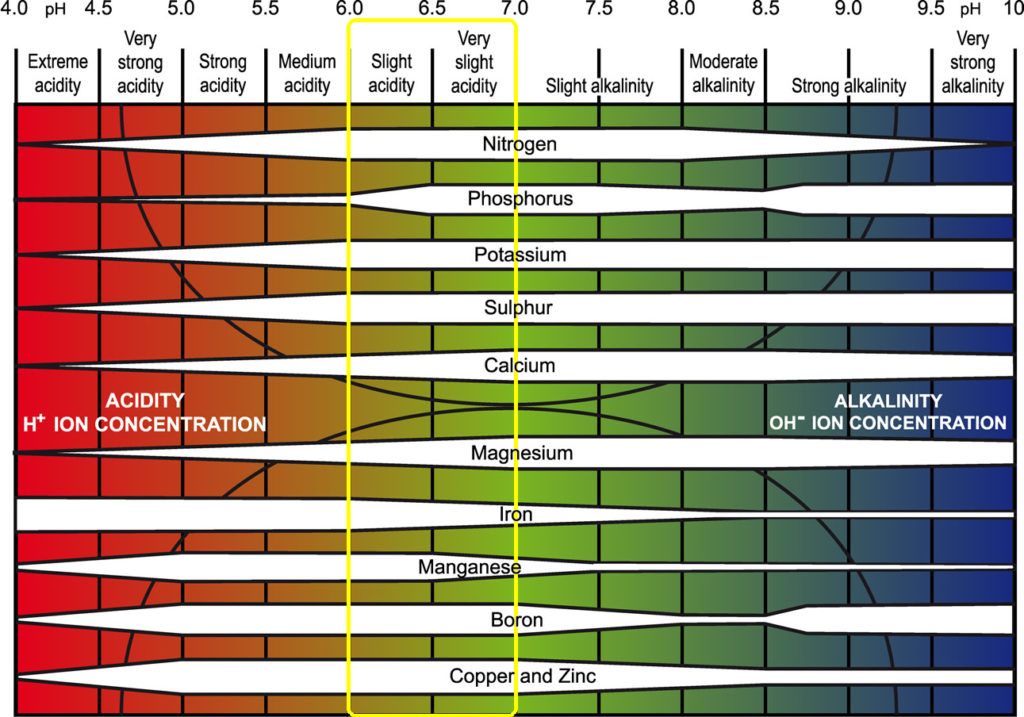
How Soil Tests Can Help with Tree Selection Arbor Rangers
Soil - Texture, Structure, Composition: The two principal systems of soil classification in use today are the soil order system of the U.S. Soil Taxonomy and the soil group system, published as the World Reference Base for Soil Resources, developed by the Food and Agriculture Organization (FAO) of the United Nations. Both of these systems are morphogenetic, in that they use structural.

Soil types of India its characteristics and Classification
Soil is a mixture of minerals, organic matter, air and water. Visit our site to learn about Soils, Plant Nutrition and Nutrient Management. | Chapter 4 of the Missouri Master Gardener Core Manual Manjula V. Nathan Soil Testing and Plant Diagnostic Service Laboratory Soil as a medium for plant growth can be described as a complex natural material derived from weathering of rocks and.

Top 4 common soil types
FL2-1 Chapter 2 Soils Part 652 Irrigation Guide FL652.0204a General Knowledge of soils is essential for the efficient use of water for crop production. Soil survey maps for the areas mapped in the state are now available online through the NRCS Web Soil Survey (WSS), http://websoilsurvey.nrcs.usda.gov/app/. See
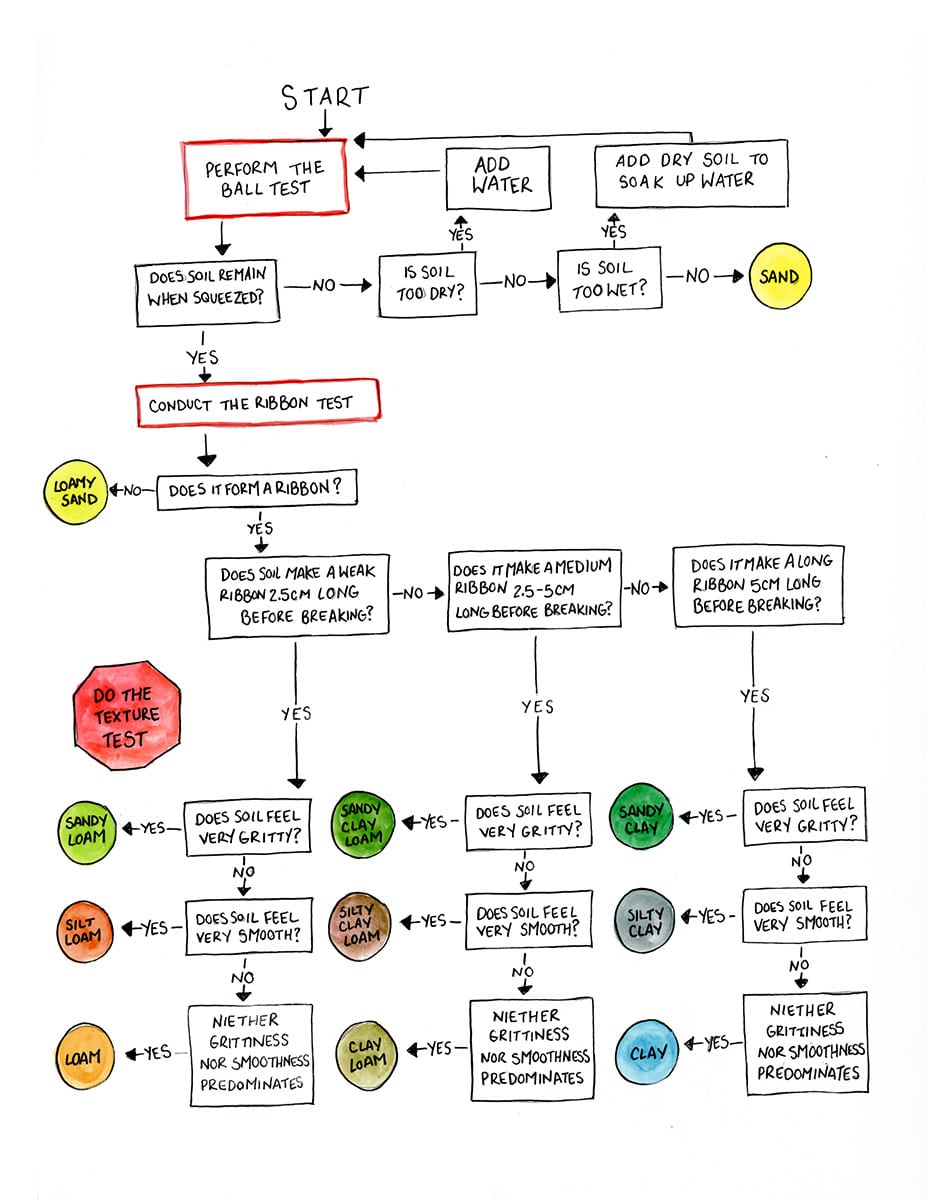
Soil Engineering The Relationship Between Soil Texture and Function
Typically, loam soil has 7-27% clay, 28-50% silt, and <52% sand. Often, loam soil has equal parts of sand and silt. What Is Clay Soil Type? Clay soil has at least 40% of its soil made up of clay, less than 45% sand, and less than 40% silt. What Is Clay Loamy Soil Types?

Munsell Soil Color Chart The Garden
Soil classification deals with the systematic categorization of soils based on distinguishing characteristics as well as criteria that dictate choices in use. Overview. Soil classification is a dynamic subject, from the structure of the system, to the definitions of classes, to the application in the field. Soil classification can be approached.

Infographics
Our focus will be on the fifth function. In this role, soil provides structural stability for plants and retains and relinquishes water and the nutrients necessary for plant growth. An ideal soil for plant growth contains 50% pore space and 50% solids, with the pore space filled with equal parts air and water.

Soil Testing for New Farmers a Step by Step Guide Young Agrarians
3.1 INTRODUCTION Soils can behave quite differently depending on their geotechnical characteristics. In coarse grained soils, where the grains are larger than 0.075 mm (or 75 µm), the engineering behaviour is influenced mainly by the relative proportions of the different sizes present, the shapes of the soil grains, and the density of packing.
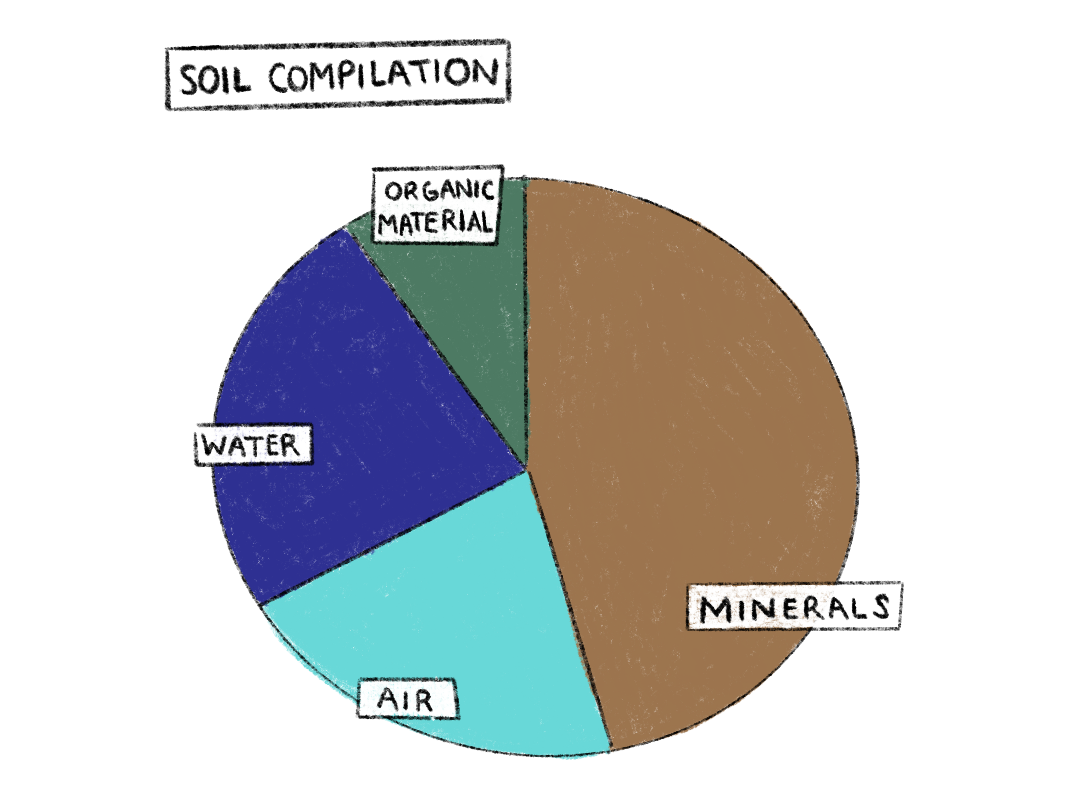
Let's Grow Stuff What's the Dirt on Soil PBS Wisconsin
Soil surveys use Soil Taxonomy to provide: A connotative naming system that enables those users familiar with the nomenclature to remember selected properties of soils. A means for understanding the relationships among soils within a given area and in different areas. A means of communicating concepts of soils and soil properties.
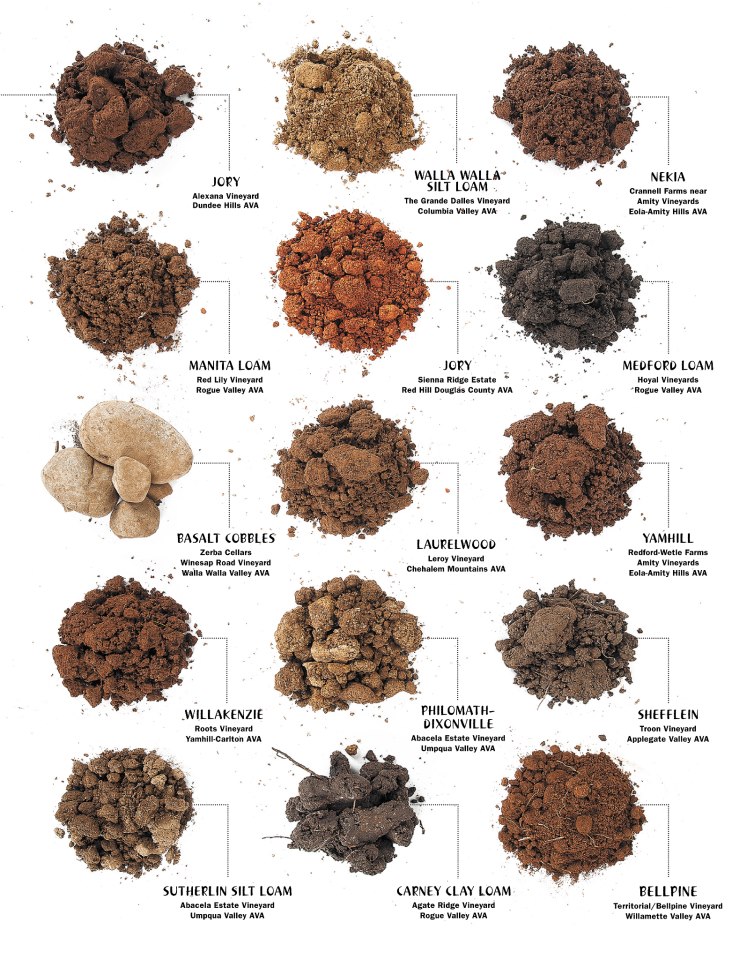
soil types DriverLayer Search Engine
The purpose of soil classification is to arrange various types of soils into groups according to their engineering properties. Particle Size: Individual solid particle in a soil can have different sizes and this characteristic of soil can have a significant effect on its engineering properties.
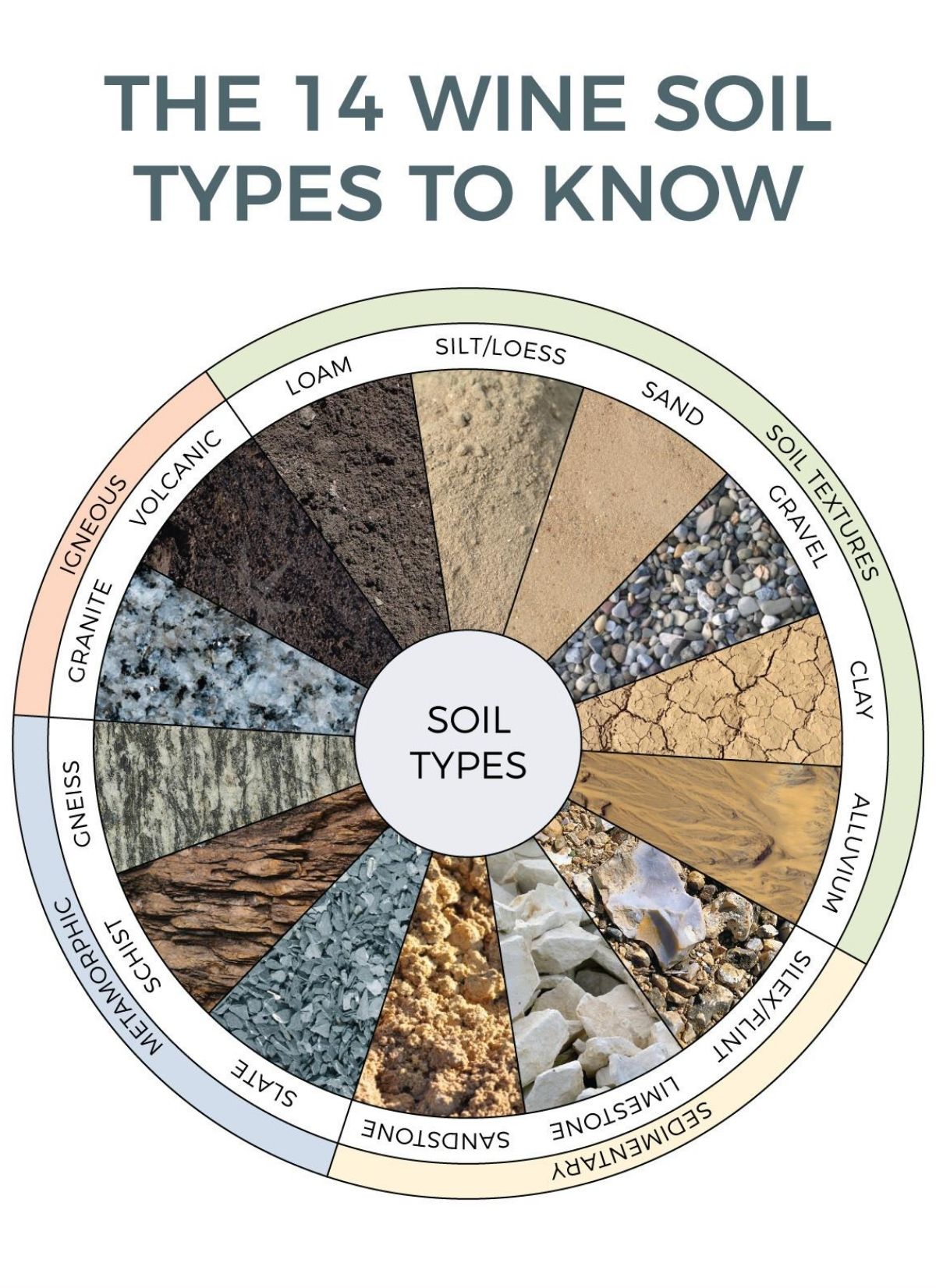
What is soil? How many layers of soils? Discovery of Science
Overview of Soil Important Questions and Answers about Soil 33,617 From a general perspective, "soil" is a very broad term and refers to the loose layer of earth that covers the surface of the planet. The soil is the part of the earth's surface, which includes disintegrated rock, humus, inorganic and organic materials.
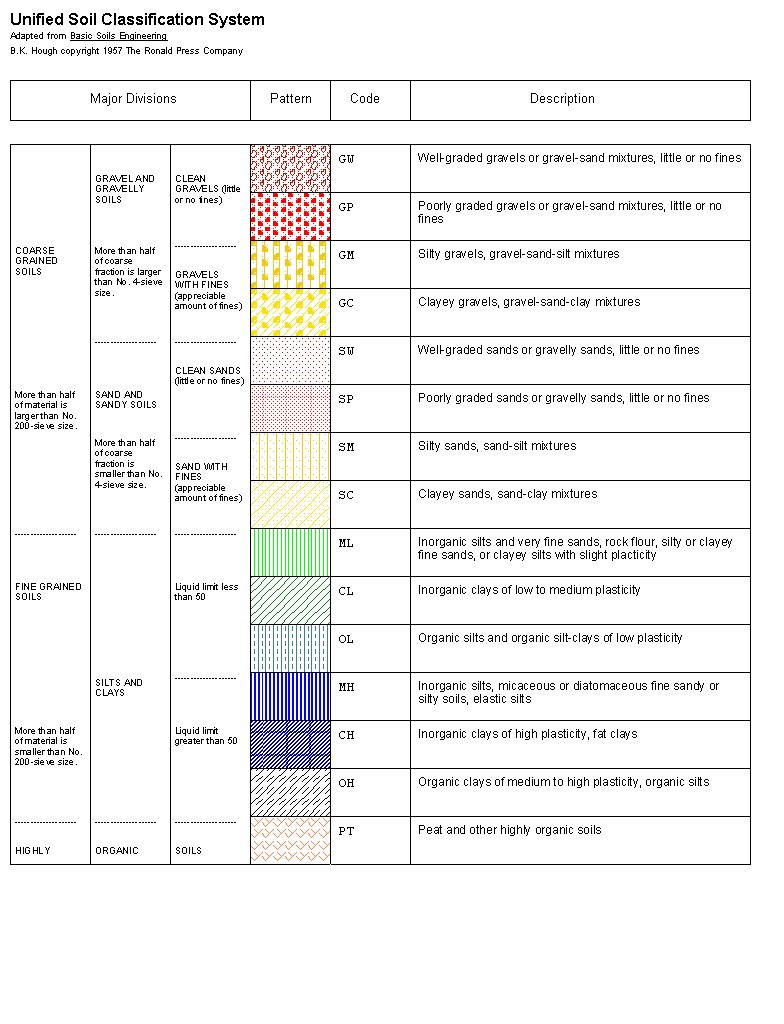
Civil Engineering Community Soil Classification Systems
significant components in the soil. Figure 3-2 is a flow chart for assigning typical names and group symbols for inorganic fine-grained soils; figure 3-3 is a flow chart for organic fine-grained soils; figure 3-4 is a flow chart for coarse-grained soils. Refer to tables 3-1 and 3-2 for the basic group names without modifiers. If
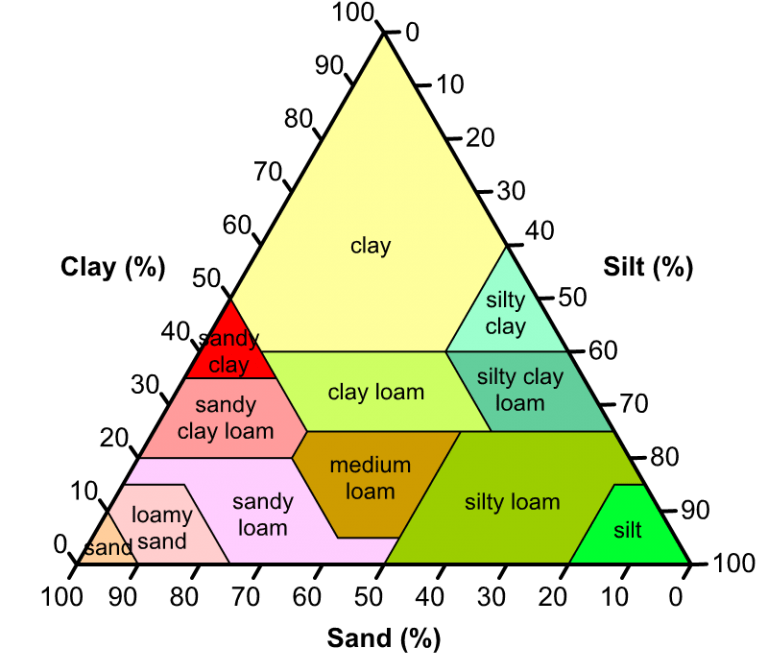
What are different soil types and soil texture Best gardening soil
Soil Composition and Crop Quality This chart reflects a tremendous amount of information available for your understanding of the composition of a healthy productive soil environment. It is based on scientific research accumulated over years of observation on productive soil types throughout many growing areas of the country. The approach to obtaining this insight on